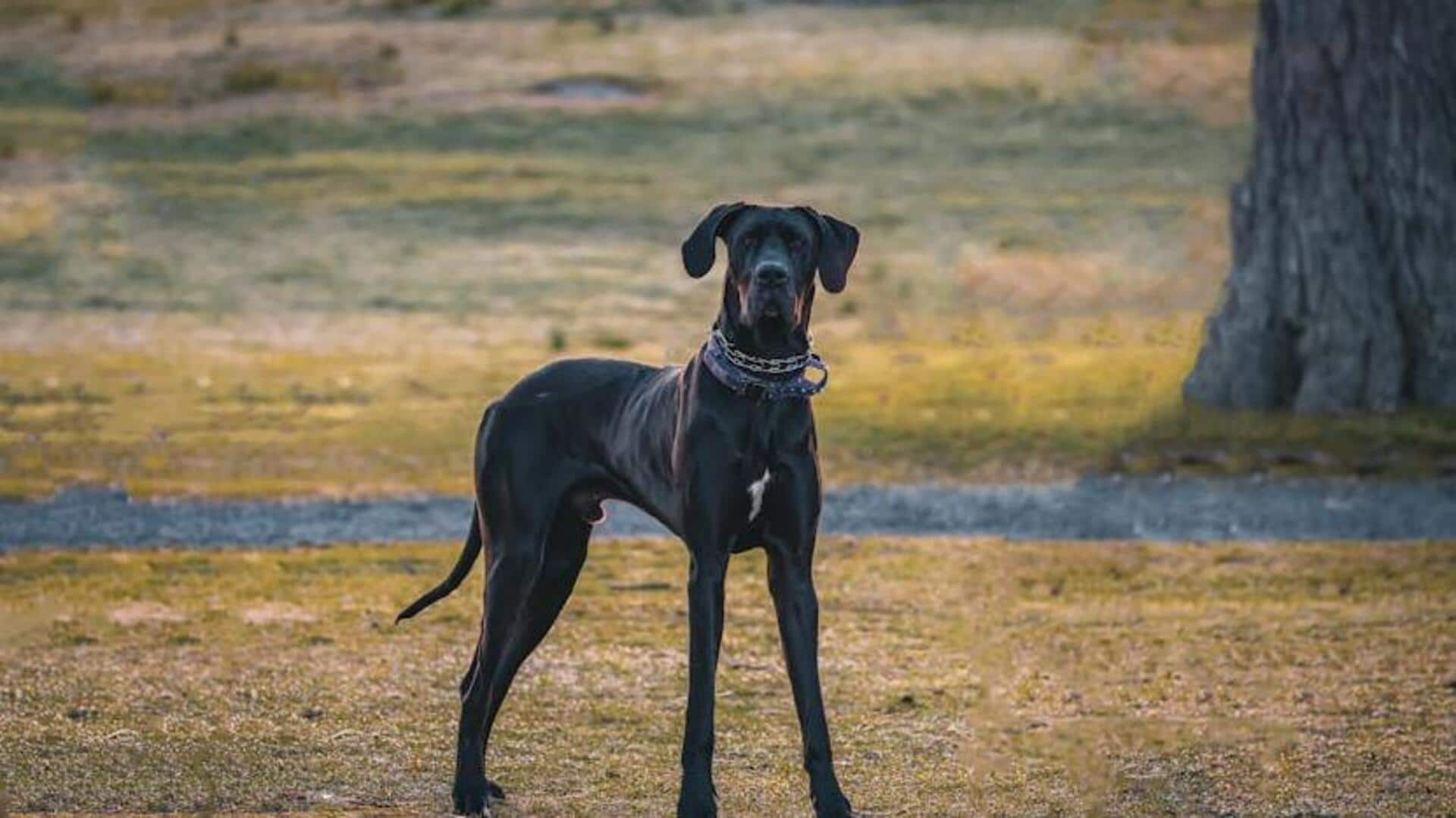
Understanding the Great Dane tail docking issue
What's the story
The Great Dane, historically bred for hunting, has transitioned to a beloved companion role. These "gentle giants" are distinguished by their grand stature, gentle temperament, and a strong, muscular body. They also feature a long tail that is characteristic of the breed. This tail has become the focal point of a significant debate concerning the practice of tail docking within this distinguished breed.
Concept
The tail docking controversy
Tail docking in Great Danes involves the surgical removal of a portion of the puppy's tail. Historically, this practice was believed to prevent injuries during hunting or fighting. Today, it is often done for cosmetic reasons to adhere to breed standards in dog shows. However, this procedure has sparked ethical debates about animal welfare and the necessity of such alterations.
Risk
Health implications
When considering tail docking for your Great Dane, understanding the potential health implications is critical. The procedure can lead to immediate pain and discomfort for the puppy, as well as the possibility of long-term complications like incontinence or nerve damage. It is essential to consult with a veterinarian about these risks to make an informed decision that prioritizes your dog's health and well-being.
Legality
Legal and ethical aspects
Tail docking in Great Danes, when not medically necessary, faces stringent regulations or outright bans in many countries, which consider it an unjustified form of mutilation. Dog owners are advised to be well-versed in the local laws that regulate such practices. Furthermore, they should thoughtfully contemplate the ethical implications of modifying their pet's natural tail without any clear medical justification.
Care
Alternative care strategies
Instead of tail docking, Great Dane owners can focus on other care strategies that ensure their pet's safety without surgery. This includes providing ample space for exercise to prevent accidental tail injuries and training methods that teach spatial awareness. Such preventive measures can maintain both the dog's health and aesthetic integrity without resorting to invasive procedures.